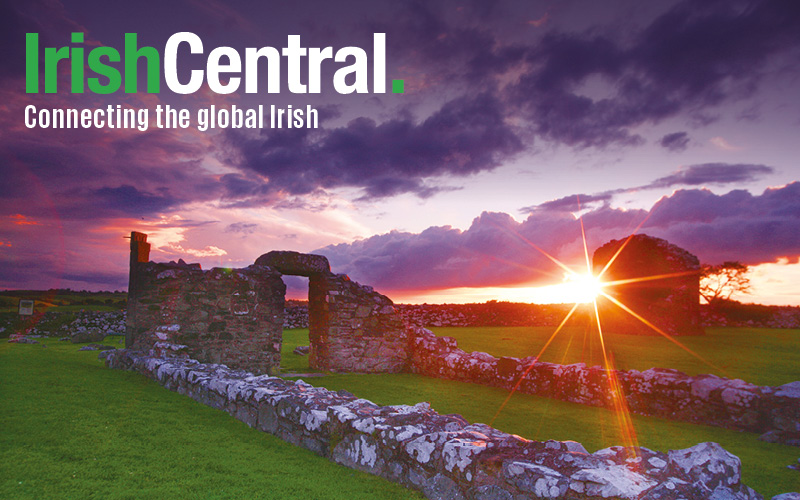*Chris van Ryn is a New Zealand photojournalist who witnessed his first ever hurling game at last Sunday’s final between Kilkenny and Tipperary.
A single player ascends towards a white ball which arcs high from the other side of the field, cutting through the air with razor blade sharpness. 82,600 heads rise in unison... and fall, following the trajectory of the sliotar as it hurtles towards the player. Seconds later he is intercepted by a furious swarm. There is an almighty thunder from the crowd as hurleys and players collide.
This, then, is the legendary "clash of the ash" - a demonstration of the most powerful release of sporting energy I have ever seen.
The spectators' roar of approval is a wave of sound that reverberates around the vast arena. It reaches my ears where I am at the edge of the field, crouching behind the goal. I am a New Zealand photographer on a press trip. And this is my first game of hurling.
Before me 30 athletes move across a lawn three times the size of a football field, like a wave upon the ocean. I watch spellbound as the Kilkenny Cats dominate the first half of the game. And then I watch the Tipp team reach deep inside themselves as they fight for territory and reclaim their ground, in a spectacular second half.
The shrill warble of the whistle brings the game to an end. The scores are tied. The players seem deflated, unhinged by a state of neither victory nor defeat. We are not afforded the luxury of a defining game.
The players seem to me like artists. They deliver skill, blinding speed and physical prowess in a sport which calls for each player to draw upon his own unique pool of energy. And they deliver a visceral demonstration, epitomizing the peak of human physical - and spiritual - achievement that is awe inspiring. This is all the more incredible in a sport played by amateurs. Yet, perhaps their exceptional capacity is precisely because they are amateurs. An amateur requires a personal commitment that money cannot buy.
Earlier in the week at a meeting with the GAA I had been the recipient of passionate speeches about what makes hurling special. I heard about the struggles of the Irish: the repression, the famine, the fight for independence. And I heard about the unashamed territorial sporting behaviour of county versus county.
Through my lens I saw before me a sport which has come from the forge of life's journey, the players harnessing all of history's emotions in play on the field. It is as if each player is imbued with centuries of the emotional ebb and flow of Ireland.
I had heard about the players prior to attending the game. I saw them in action. But nothing prepared me for the crowd. When the tidal wave of sound reached me it resonated with meaning. I heard that each and every one of them was down on the field playing alongside the teams. They pursued the silotar. 82,600 sets of hands swung the hurley. And in the sound of the crowd I heard the pride of the fighting Irish.
The players rose up and mingled with the audience. This was a symbiotic relationship. County against county, yet a single voice, a unified Ireland. I saw the true spirit of sport played out before me. Long may it last.




Comments